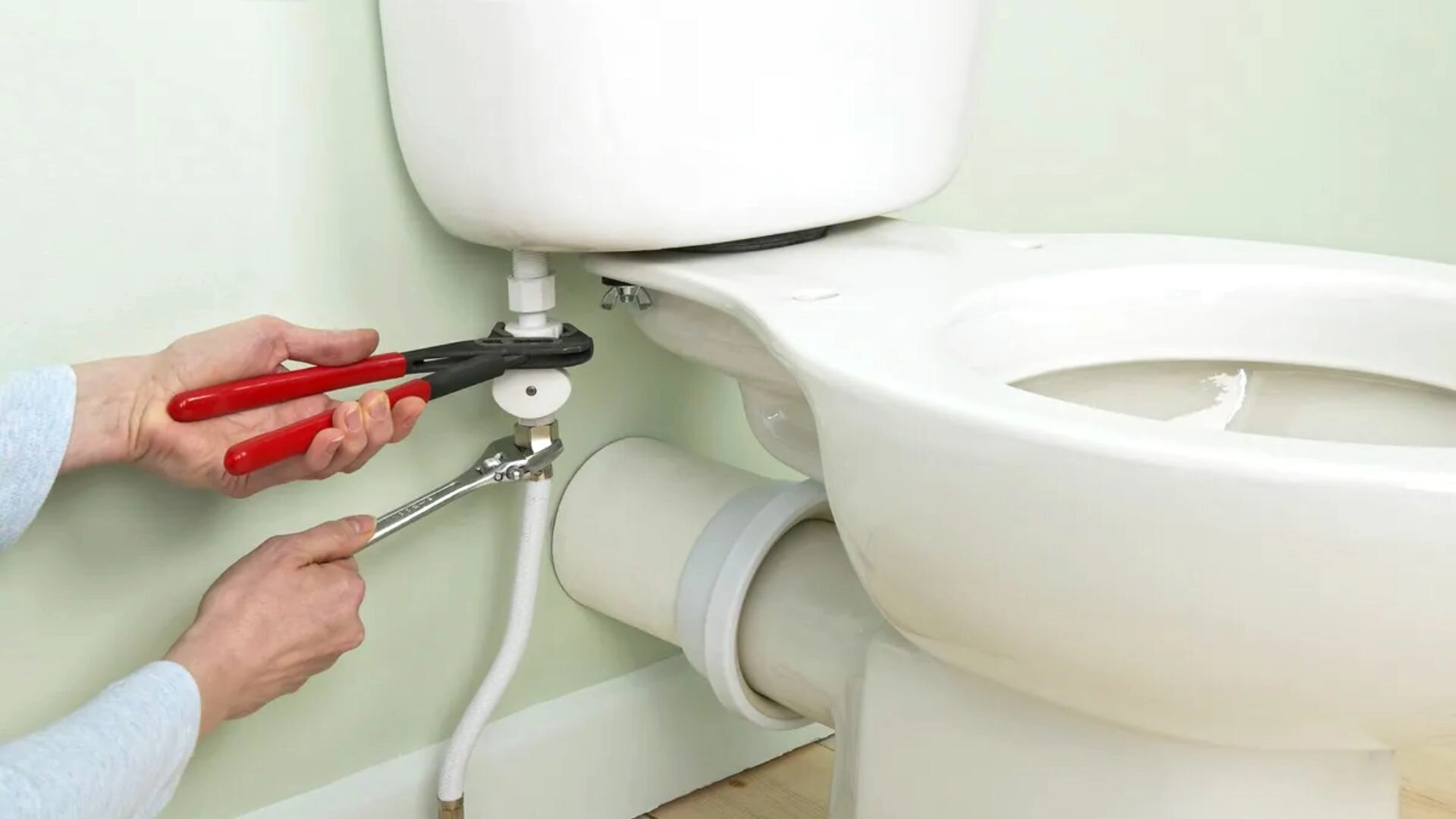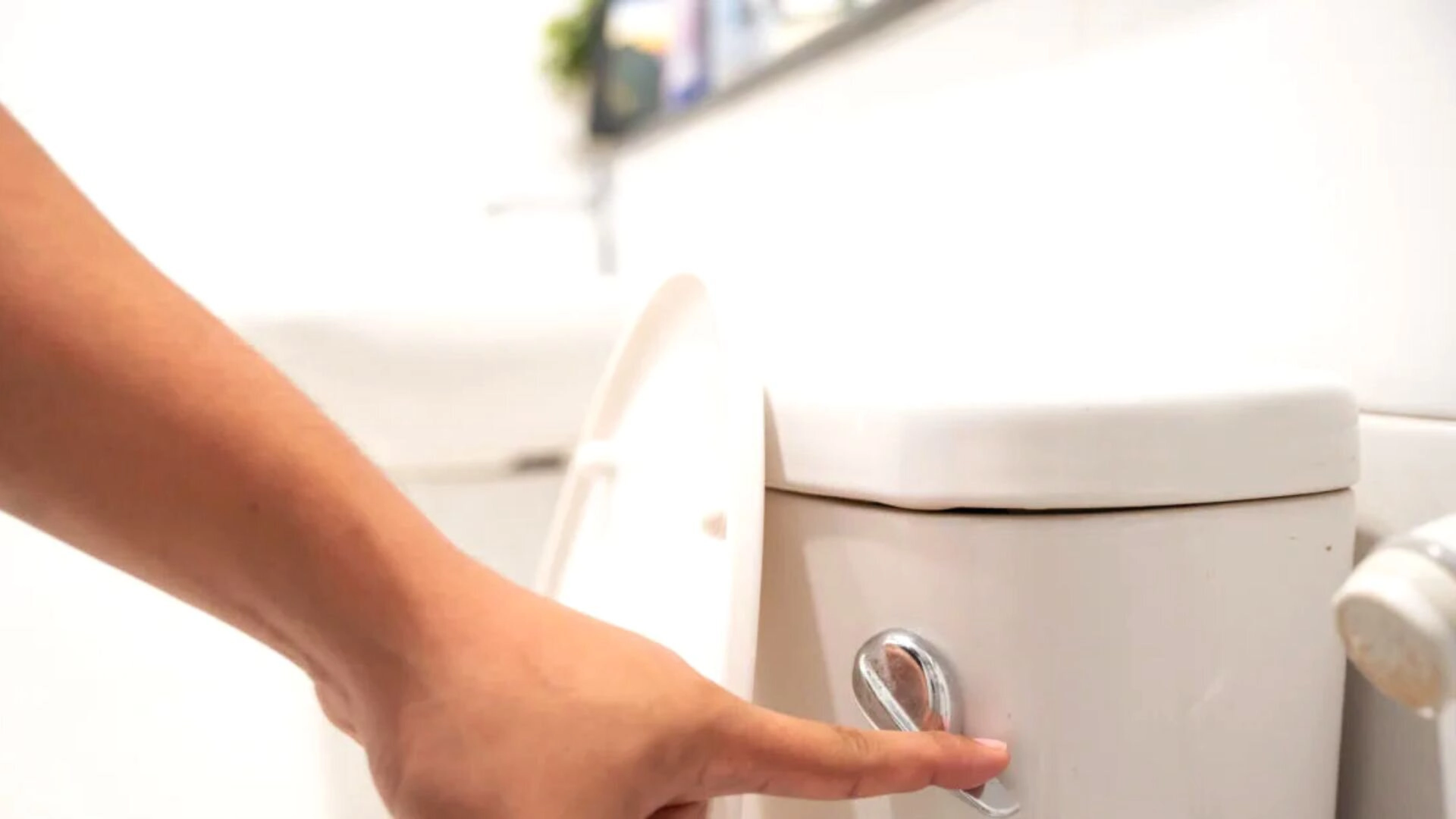Does your toilet drain slowly? Unflushable toilets are one of the main plumbing problems in Australia, but you can fix most of them easily at home.
There can be several reasons that can cause your toilets to malfunction. For instance, flushing sanitary essentials can clog the drain and prevent water in the toilet from flushing efficiently.
Besides this, a defective plumbing component can cause the toilet flush to malfunction. And if you don’t take immediate action, it can escalate and cause severe damage to your property.
If the main drainage system is installed in the backyard, tree roots may interfere with the pipes and prevent the water from flowing efficiently. This can eventually cause a flushing problem since the roots prevent the wastewater from leaving the toilet.
Clogged toilet pipes can eventually end up bursting, which will leave a foul smell in your bathroom . Additionally, it can lead to severe health issues as germs and various bacteria can spread from the leak.
So, we have compiled this guide to help you figure out why your toilet is not flushing and how to fix it . So, sit tight and read to learn why your toilet won’t flush!
Five Ways To Eliminate Toilet Clogs
As we have mentioned earlier, several reasons can cause your toilet to malfunction while flushing. And you can resolve this issue if you know what is affecting the toilet bowl in the first place.
In addition, we have mentioned a few DIY solutions that can prevent the toilet from getting clogged. These steps will also improve the water flow so that your toilet water can flush down the main sewer line efficiently.

1. Clear The Clogged Toilet
One of the most common reasons for the toilet flushing system to malfunction is when the toilet is clogged. A blocked toilet pipe will prevent the water from dispensing effectively down the drain, preventing the toilet tank from flushing properly.
Clogs usually occur when you try to drain foreign objects like wet wipes, used diapers, tissue papers, and hair, which obstruct the toilet bowl. This could also result in a slow flush which doesn’t clear the toilet bowl completely. But there is nothing to worry about since we have a few remedies to solve your problem.
For starters, you can use a toilet auger or a plunger to unclog your toilet . A flange-style plunger is extremely effective since it seals the bowl completely, which creates a strong suction force.
Once you have secured the plunger to the bowl, use brisk to and fro movements till it breaks the clog from the drain. After completing this step, press the flush button to see if the toilet flushes properly.
If it does, repeat the process to help any remaining clog from the drain flush out efficiently.
If you don’t own a toilet augur or a plunger, you can pour warm water into the bowl to loosen up the clog in the toilet. However, you shouldn’t use boiling hot water since it can damage the sealing or the bowl itself . Baking soda and white vinegar are another effective DIY method for clearing your toilet drain lines.
2. Check The Flapper
The flapper chain is usually located at the bottom of the toilet tank, and its main purpose is to seal the tank completely . If the toilet flapper doesn’t seal the toilet tank entirely, it can prevent the flushing mechanism from functioning optimally.
You can resolve this problem by removing the tank lid and examining the flapper to see if it is sealed properly. The flapper may have a problem if the water drains from the tank when it should close.
In that case, you should visit a local hardware store to purchase a new flapper. Your flapper is basically a tight seal for the flush valve, which controls the water supply. And follow the instructions carefully given by the manufacturer while installing it.
3. Inspect The Inlet Holes
When you flush the toilet, the water from the tank travels to the bowl rim through small inlet holes all around the rim. Whenever you have clogged inlet holes, it prevents the toilet from flushing properly, resulting in an incomplete flush. Or, it can reduce the amount of water, which results in a slow flush that doesn’t clear the toilet completely.

Here are a few signs that can help you figure out if the toilet inlet holes are clogged:
- You notice areas in the toilet bowl where water is not flowing properly while flushing
- Tank drains slowly while flushing
- Water flows straight from the rim instead of in a diagonal direction.
4. Check The Toilet Overflow Tube
Another important plumbing component you should check is the toilet overflow tube located at the centre of the tank. The main purpose of a toilet overflow tube is to drain excess water from the tank whenever it overflows. As time passes, the overflow tube can eventually develop cracks , and this causes the water to drain constantly into the bowl.
It can cause water levels to drop in the tank, which results in sluggish flushing. If you notice cracks in the overflow tube, get it replaced immediately.
5. Inspect The Fill Valve Assembly
Lastly, your toilet may have flushing problems if the fill valve is defective. One of the best ways to determine if the fill valve is defective is by checking the fill valve’s float. It comes in different shapes and sizes, but its primary purpose is to shut off the fill valve wherever the water reaches a certain level.
If the float doesn’t adjust properly or gets stuck, there is a high chance that the water will not fill the tank properly. This will cause problems with the flush and result in an underfilled tank.
Besides this, underfilling might occur if the fill valve is clogged by sediment or other obstacles that prevent the float from sealing properly.

We highly recomme nd cleaning the toilet tank regularly and ensuring that sediment doesn’t deposit at the bottom of the tank. In addition, you can adjust the float to seal the fill valve whenever it reaches a certain water level in the tank.
If the float or fill valve is broken, we suggest getting it changed by a professional plumber since changing it by yourself can cause more damage to your toilet.
Tips On Getting Your Toilet To Flush Properly
We understand that it can be extremely frustrating when your toilet won’t flush. You can easily avoid the problem of a blocked or non-flushing toilet if you take the right precautions. For instance, you should always avoid throwing diapers, wipes, tissues, toilet paper and similar objects down the toilet .
Apart from this, you should check the plumbing regularly to ensure that the pipes don’t have any corrosion or blockage. If you notice any signs of defects in your plumbing system , contact a professional and licensed plumber and get your plumbing issues fixed immediately. If you need a plumber in Sydney , Fixed Fast Plumbing is your best option for fast and efficient toilet and blocked drain repair . So, call us today to find out how our expert plumbing service can help you!
If your drainage system is installed in your backyard, we suggest planting trees far away from the pipes since tree roots can penetrate and block the pipes. You should also change the pipes and plumbing components whenever they get old to ensure a smooth and efficient flushing experience.
We hope you were able to find a solution for your clogged toilet. That’s all for our guide on fixing a toilet that won’t flush. See you next time!